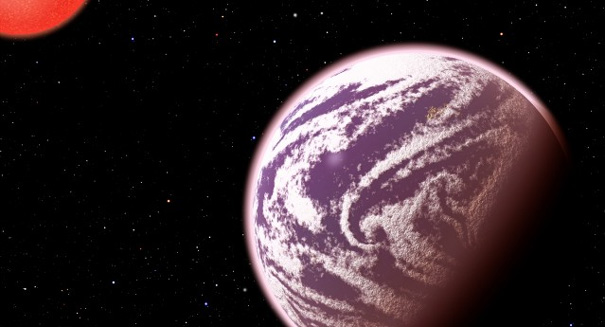
In December, scientists announced the serendipitous observation of an event that may represent the first discovery of an exomoon.
About 200 light-years away from our own Earth is a planet similar to its size, but with a much thicker gaseous atmosphere. Astronomers announced yesterday that the planet—scientifically named KOI-314c—was dubbed the “fluffy” planet.
“The really incredible thing that shocked us is it had exactly the same mass as our home planet of Earth, but it’s 60 percent bigger than the Earth,” said David Kipping of the Harvard-Smithsonian Center for Astrophysics. “[This] means it must have a huge atmosphere sat on top of a rocky core deep down in the middle.”
Kipping was the lead author of the international team that discovered the planet outside our solar system. He presented the finding at the 223rd meeting of the American Astronomical Society.
Though the planet appears as a similar, though bigger, version of Earth, life would be pretty difficult to sustain on KOI-314c. For one reason, the temperature on the planet is estimated to be around 100 Celsius.
The team was able to determine that KOI-314c, along with a much heavier planet named KOI-314b, orbits a red dwarf start about half the size of our own sun. The data came from the NASA’s Kepler spacecraft.
Though most likely uninhabitable, the fluffy planet does offer insight to astronomers about finding planets that might be. The team used a method that measures the gravitational pull between two planets orbiting the same star. The astronomers are able to determine the planet’s mass by calculating the tiny “wobbles” each planet shows when moving in front of the host start.
“The timing of the eclipses varied a little by about half an hour on each side, and by seeing that wobble, we were able to retrieve what the mass of that planet was,” Kipping said. “Here, instead of looking at a wobbling star like we would ordinarily, we’re measuring the wobbling planet itself. It’s a more subtle technique.”
Leave a Reply